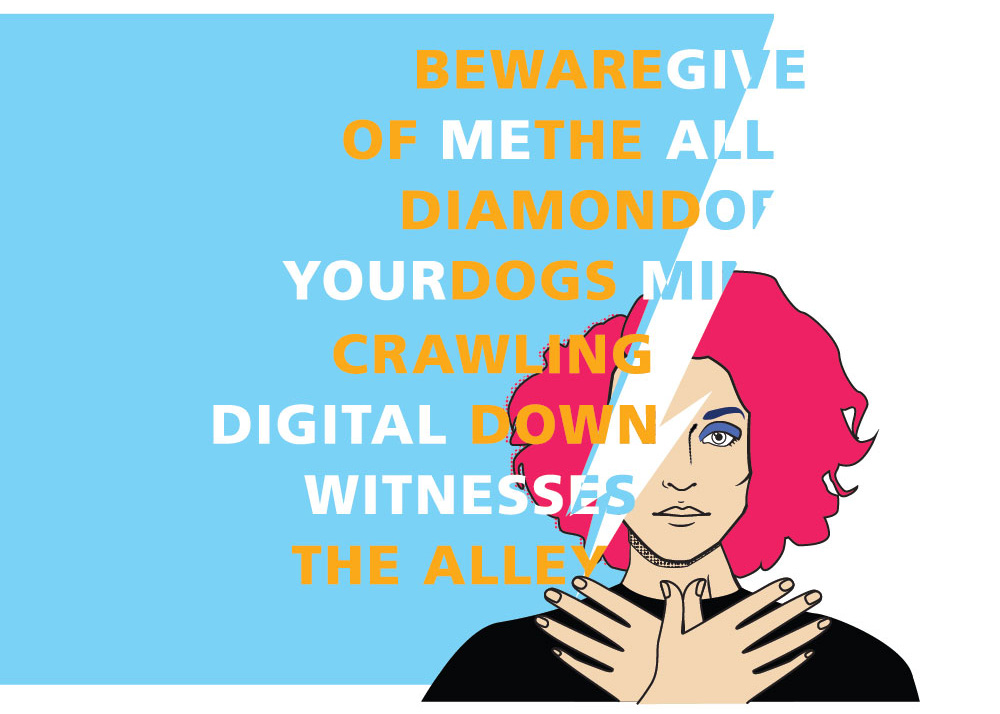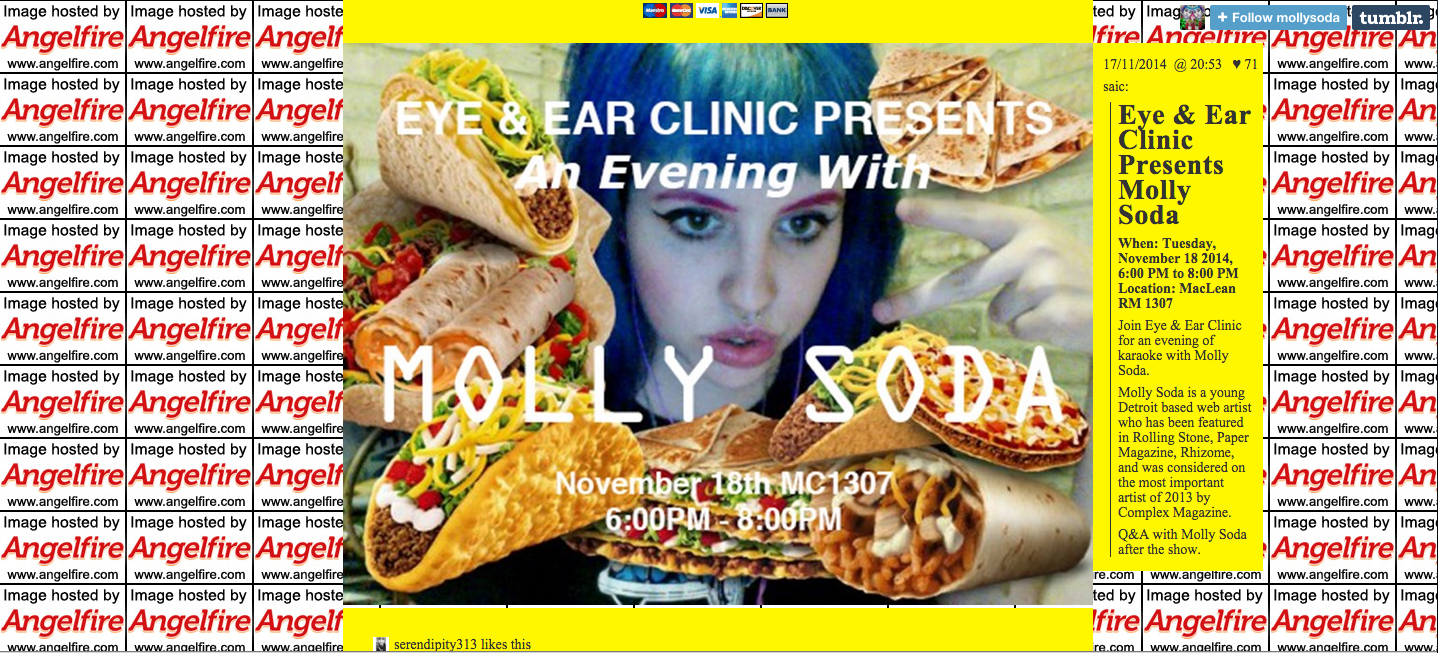St. Vincent Sends Off David Bowie Is at the MCA

David Bowie Is, the Museum of Contemporary Art, Chicago’s blockbuster retrospective that featured hundreds of items from Bowie’s archives, had a hell of a final event to mark the show’s closing weekend: musician and all-around badass Annie Clark – better known to some as St. Vincent – spoke with rock critic and Pitchfork Senior Editor Jessica Hopper about Bowie’s influence on her as an artist. The two touched on everything from Bowie’s sartorial choices to his songwriting chops, treating visitors to a casual, frank, and highly entertaining talk.
Michael Green, Programmer of Public Programs at the museum, introduced the event by noting that the Q&A was one of the fastest-selling programs in the institution’s history (they were sold out within three hours), hinting that Clark is indeed, as some have called her, “the Bowie of her generation.” Clark and Hopper’s rapport was obvious – Hopper mentioned that she has interviewed and written about Clark’s work at many different points in her path from opening gigs to a Grammy nomination – and their laid-back shop talk offered an intimate lens on Clark’s own history and trajectory as a songwriter and performer.
Hopper began by discussing Bowie’s early consciousness around what constituted the “image” of being a rock star, encouraging Clark to recount her own first awareness around presenting herself as a musician: an early gig as an eighteen-year-old in Dallas when she donned a pair of low-waisted, boot-cut leather pants and discovered later from photographs that her mother had taken that she was also sporting “a really hideous camel-toe.” Early stage outfits aside, she continued to explain that her early influences were rooted in late-1990s riot grrrl groups such as Bikini Kill, Sleater-Kinney and Cibo Matto, who were all more focused on the rawness of punk rock and less concerned with aesthetics.
A theme of “authenticity” was an ongoing vein in the discussion in that both Clark and Hopper addressed the theatricality inherent to rock performance. “When did it become more ‘authentic’ to just stand up on stage with a beard and your feelings?” Clark asked, provoking guffaws from the audience. She went on to note that authenticity is something that has entered the greater cultural conversation far after the time when Bowie was dazzling audiences with his showmanship and transfixing performances. “He had a myriad of aesthetics that were always changing, but they were all always rooted in music,” she said, reiterating later that David Bowie Is would not have even existed if not for Bowie’s immense talents as a songwriter.
The talk dovetailed into a number of Bowie-specific questions for Clark: What Bowie costume from the exhibit do you wish you had? (The Kansai Yamamoto bodysuit, because, like Bowie, it straddles the effeminate and masculine in a way that no performer has achieved since.) What is your favorite Bowie incarnation? (Ziggy Stardust, because it was the first time that he went all-out with his first “original big idea.”) What is your favorite Bowie song? (To listen to, “It’s No Game (Part 1)” for the sharp, emboldened guitar; to dance to, “Let’s Dance.”)
Clark concluded that she “probably listens to David Bowie everyday, easily” and that the biggest takeaway of Bowie’s influence in her work is that everything “has to be rooted in a song.” That is, as she elaborated, Bowie’s songs could always be stripped of their accoutrements and still stand on their own. “All the aesthetics in the world won’t make a mediocre song a great song,” she added.
While Clark explained that she is looking to collaborate more in the future with visual artists, she is not actively pursuing a collaboration with Bowie at this time. In fact, she has never met him nor has heard feedback from him on her work, and said that she feels “too gun shy to say ‘hello.’” That being said, as Hopper pointed out, Clark always appears, perhaps in a way that some might call “old-fashioned,” alone on her album covers, just like Bowie. “I just thought, well, this is what my heroes [like Bowie] do,” Clark said. “They put themselves on their album covers.”
Watch some clips from Clark and Hopper’s conversation here:







